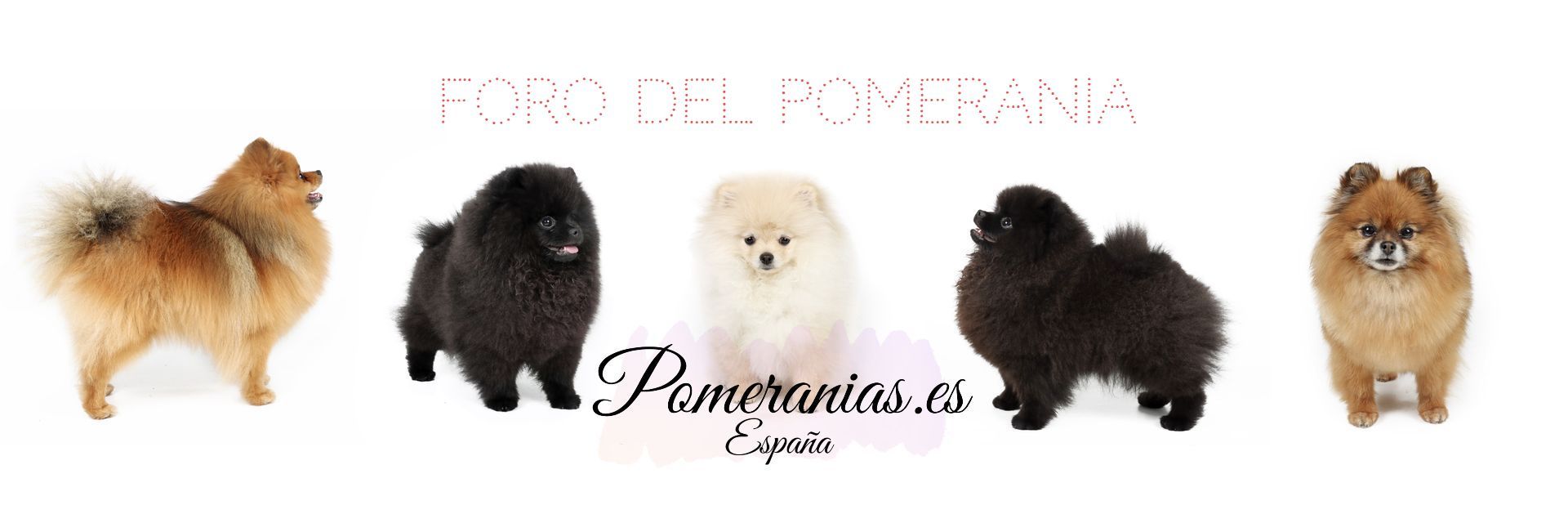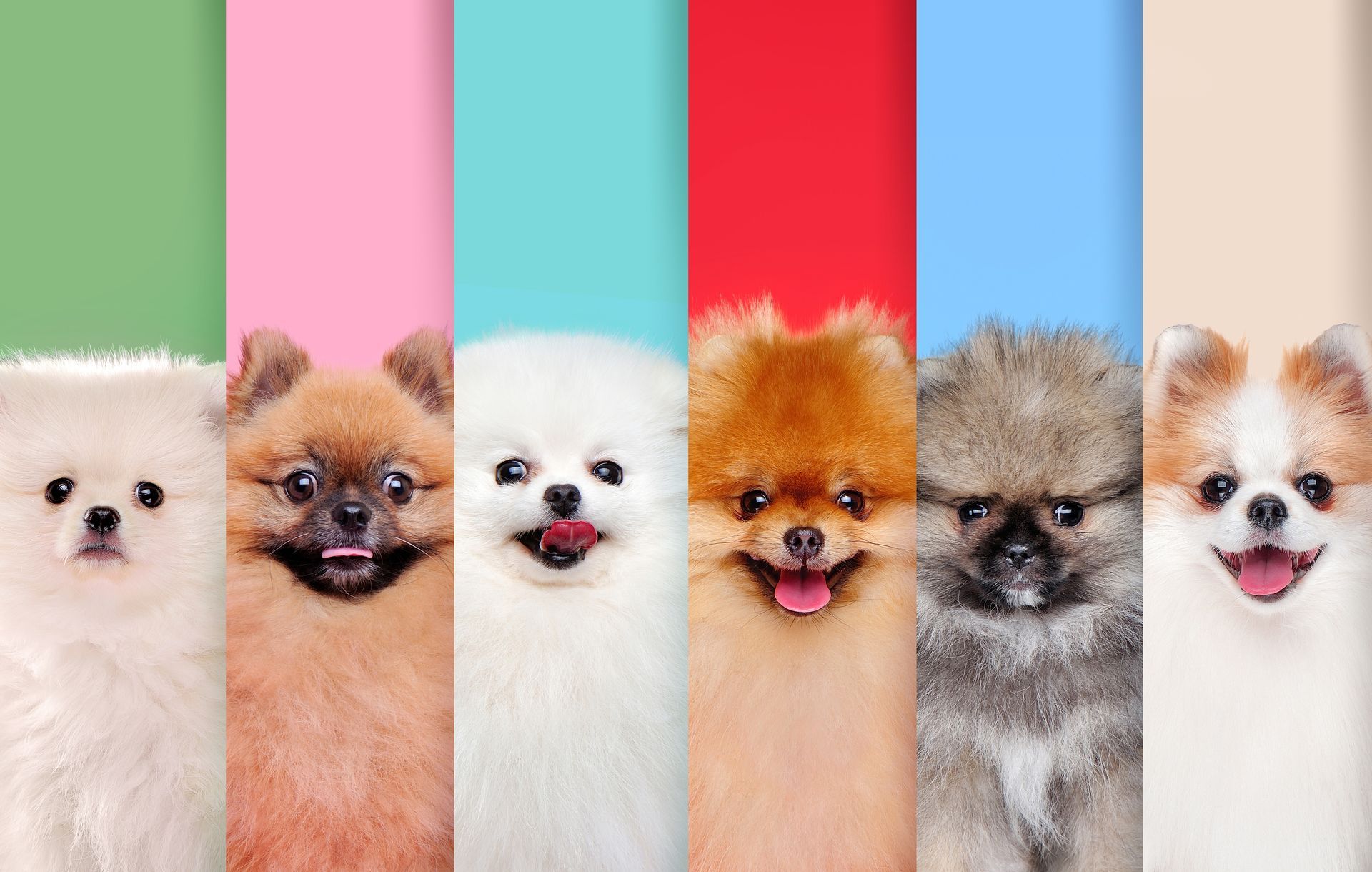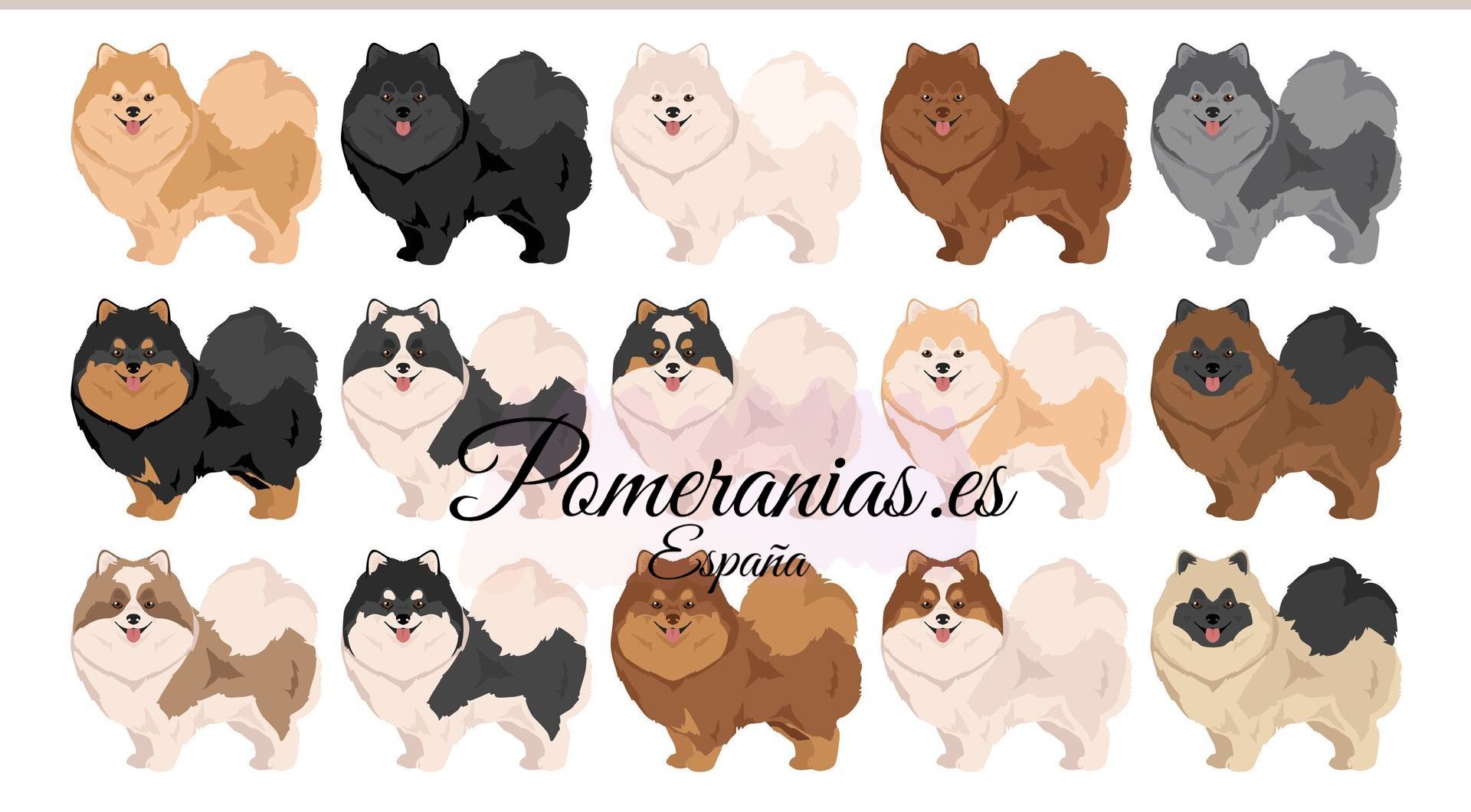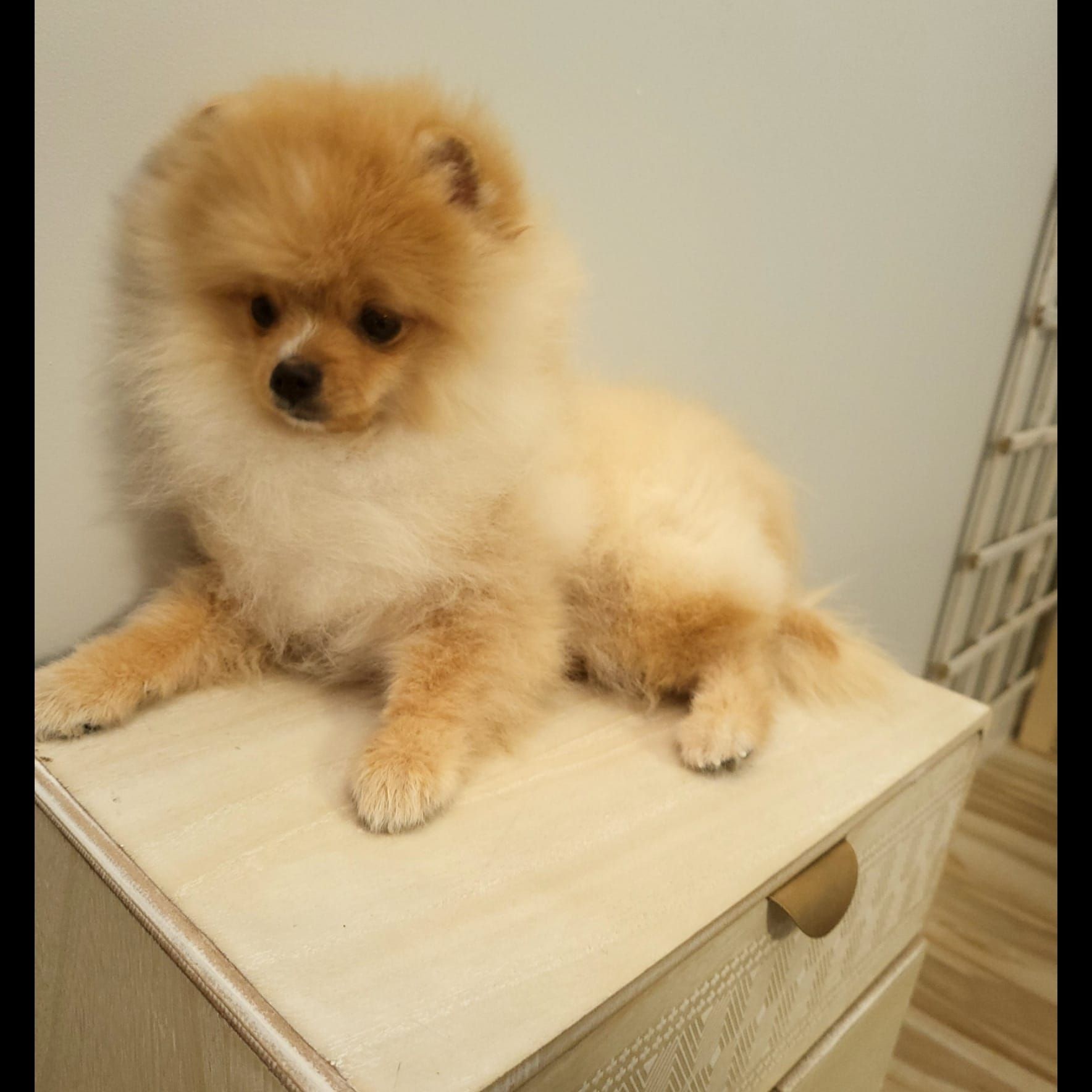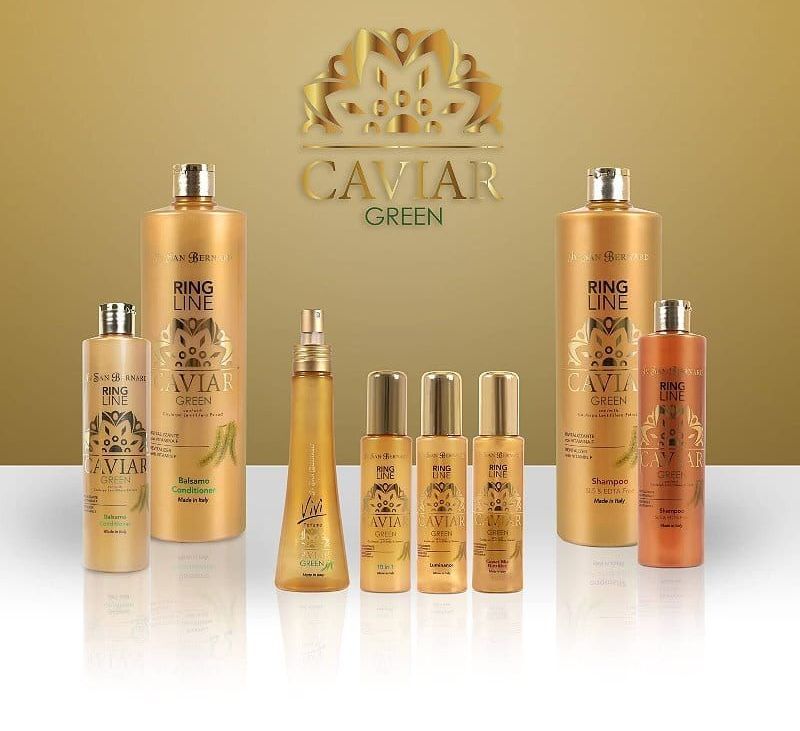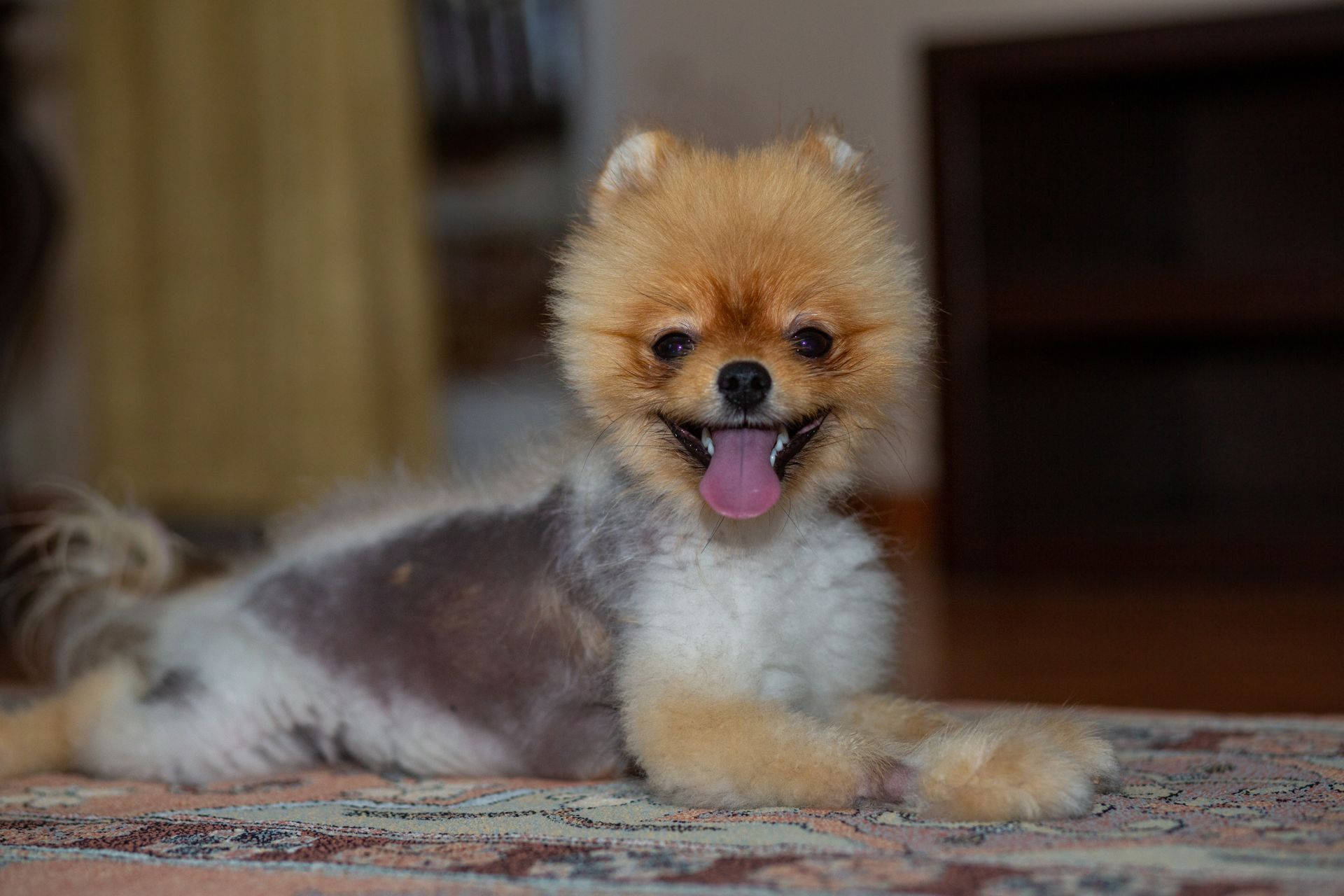Orange: This is one of the most recognized colors in Pomeranians. It can range from a light shade to a darker orange.
POMERANIAN MEASUREMENTS
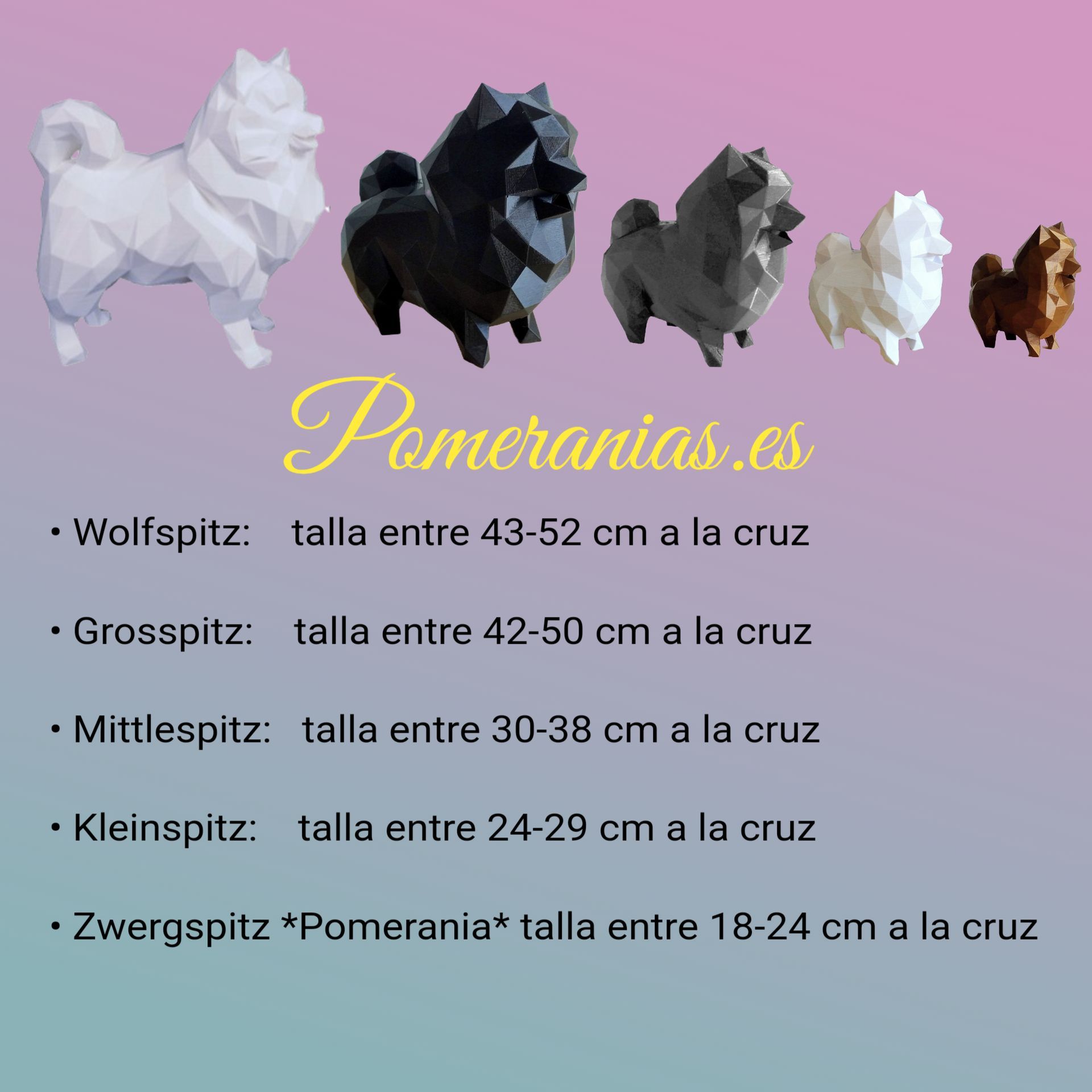
The measurement at the withers on a dog refers to the height of the dog to the highest point of its shoulder blades or the top of its back. In the case of Pomeranian dogs, the height at the withers can vary, but they are generally in the range of 18 to 24 centimeters
| SIZES |
|---|
| 1 Wolfspitz: size between 43-52 cm at the withers |
| 2 Grosspitz: size between 42-50 cm at the withers |
| 3 Mittlespitz: size between 30-38 cm at the withers |
| 4 Kleinspitz: size between 24-29 cm at the withers |
| 5 Kleinspitz: size between 24-29 cm at the withers |
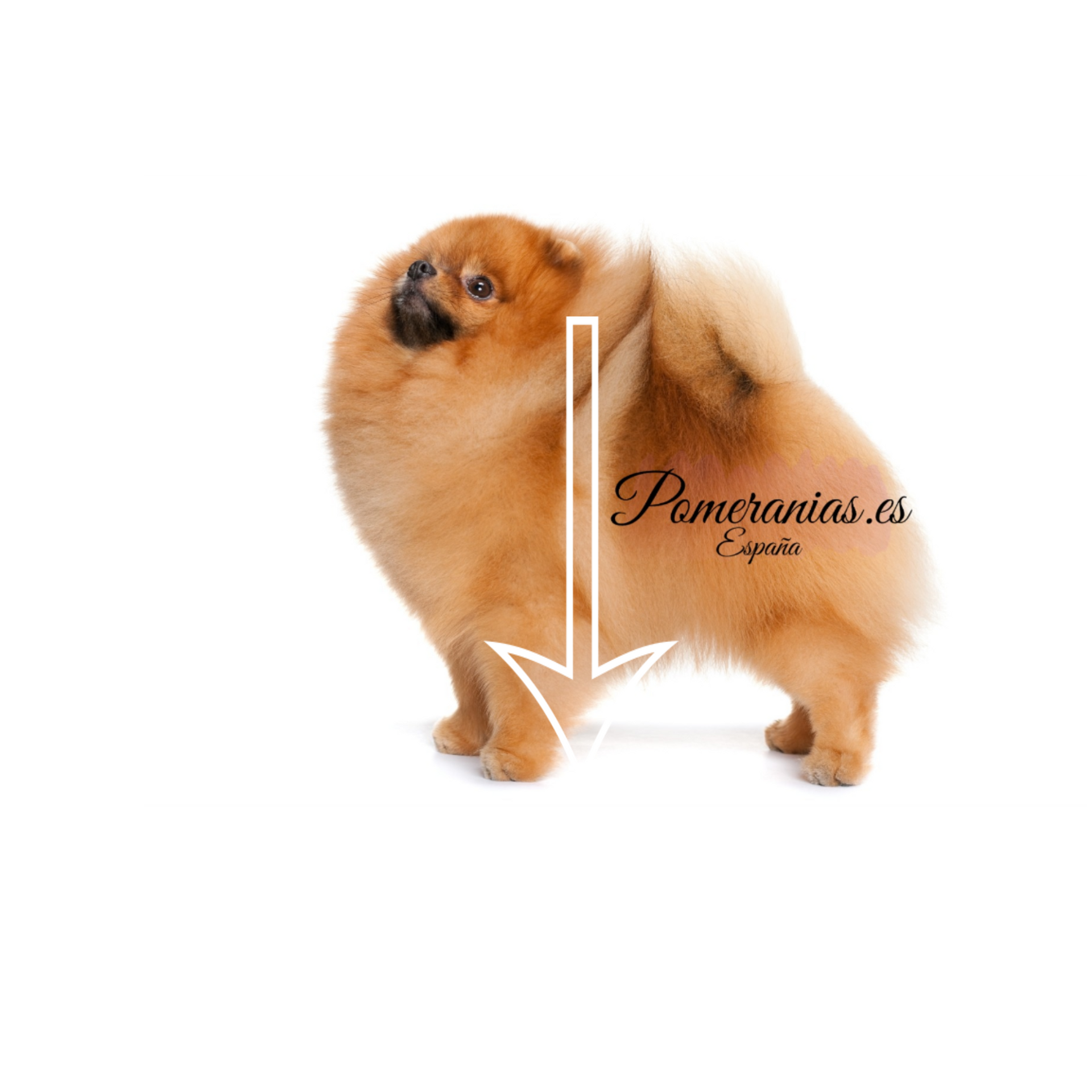
THE MOVE OF THE POMERANIAN
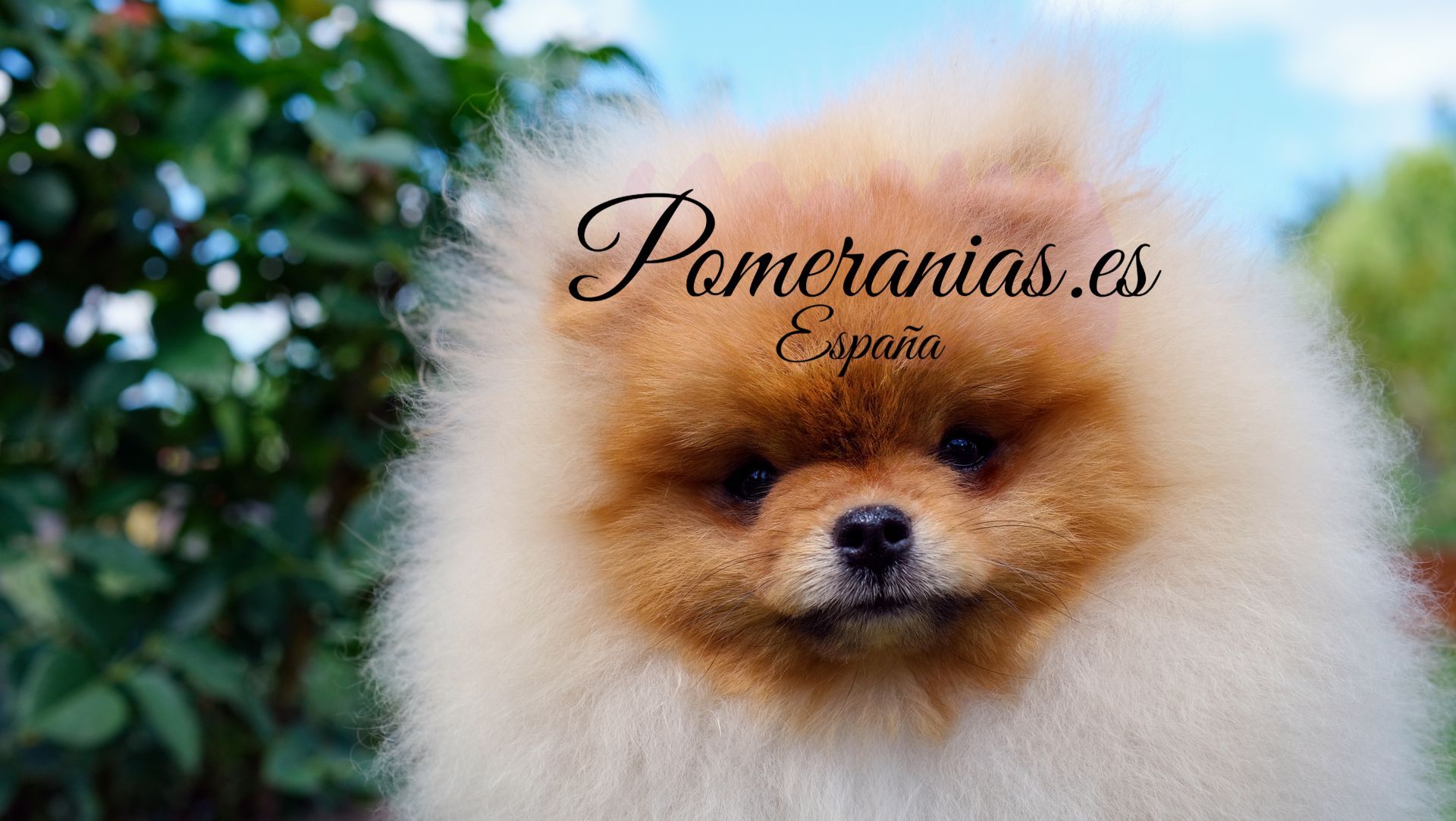
The Molting Process in Pomeranians
Information about shedding in Pomeranians is essential for those who have or are considering acquiring these charming puppies. Pomeranians, recognized for their adorable appearance and fluffy coat, go through a coat shedding process that, while natural, can raise questions and concerns. Below, we provide key details about this fascinating process.
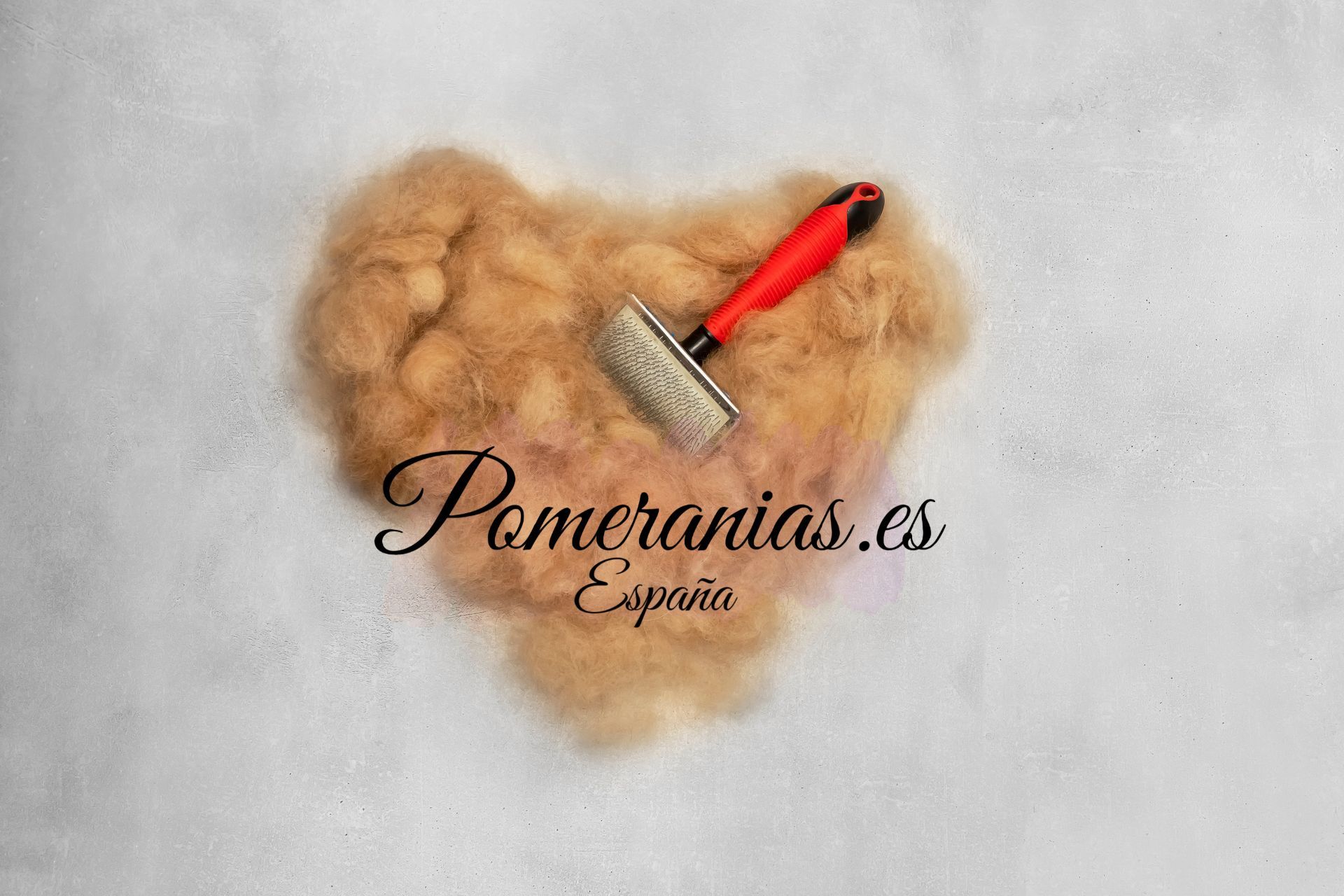
1. Age of Start of Change:
Shedding in Pomeranians begins between 4 and 6 months of age, marking the transition from their puppy coat to their adult coat. During this period, a transformation occurs in both the color of the coat and its texture.
2. Changes in Coat and Color:
At two months, Pomeranians are adorable little balls of fur with a captivating face. As the molt begins, you will notice significant changes. The fur on the face thins, the legs appear taller due to hair loss, and the characteristic wool gives way to stronger hair. Additionally, the coat color undergoes a notable transformation during this process.
3. Phases of Hair Change:
The molt takes place in several phases. In the first few months, puppies will lose hair from their faces, taking on a more monkey-like expression. The adult coat begins to emerge after a few months, returning Pomeranians to their distinctive rounded appearance.
4. Care During Molting:
Daily brushing is key to facilitating and speeding up the shedding process. Using a conditioning spray along with a brush contributes to healthy new coat growth. Additionally, bathing Pomeranians regularly during this stage helps remove puppy hair and allows the adult coat to emerge more effectively.
5. Duration of the Process:
The complete molt generally lasts about 3 months, from approximately 5 to 8 months. From 8 months onwards, the Pomeranian presents its adult coat, although the process of filling out and developing the coat continues until 3 years of age, when the breed has reached its full potential in terms of coat and appearance.

The Shedding Cycle in the Pomeranian during the First Year
Around the first year of life, most Pomeranians experience a new shedding phase, sometimes as intense as that which occurred during their puppyhood. During this process, notable changes are observed in the texture and appearance of the coat, marking a transition that may surprise the owners of these charming dogs.
1. Wool Loss and Texture Changes:
It is common for Pomeranians to lose the wool that characterized their puppy coat around the first year. In this phase, the coat tends to become thinner and straighter. Some Pomeranians may retain some of their wool, while others experience more pronounced shedding. Variation in coat volume is normal, and is especially evident on the head and ears, which may take longer to fill out.
2. New Hair Development:
When new hair begins to grow, it is usually stronger and harder compared to the old coat. Initially, it may appear flattened, and it is common to cut or carve the hair to give it shape. As the wool grows and develops, the coat regains body and volume, gradually transforming the appearance of the Pomeranian.
3. Color Intensification:
One of the most notable aspects during this phase is the intensification of the new hair color. In Pomeranians with orange and red tones, the newly grown hair usually has a much more intense color, adding a vibrant touch to their appearance.
4. Patience and Understanding:
At the age of one year, it is completely normal for a Pomeranian to not look like the "ball" characteristic of puppies. The transformation in appearance is part of the breed's natural development, and it is essential to give them time to regain their distinctive coat and look like true Pom Poms again.
5. Genetics and Adult Hair:
It is crucial to understand that, regardless of the intensity of the shedding, genetics play a fundamental role in determining the coat that the Pomeranian will have as an adult. The appearance of the coat, its volume and specific characteristics are influenced by genetic inheritance, meaning that transformation during the first year will not compromise the distinctive look of the breed.
Conclusion:
The shedding process in Pomeranians is a natural and unique phase in the evolution of these adorable companions. With proper care, understanding and attention during this stage, you will be able to enjoy the spectacular look of your Pomeranian once it has completed its transformation, displaying a lush and healthy adult coat.
POMERANIAS

The Pomeranian, also known as the German Dwarf Spitz, is a small, furry breed of dog that has become popular as a pet. Here is a summary of the key characteristics of this charming breed:
- Compact size: Pomeranians are small and compact dogs, with a weight that generally ranges between 1.8 and 3.5 kilograms. Abundant fur: They have dense, fluffy fur that can come in a wide variety of colors. Fur care is important to maintain its beautiful appearance. Distinctive head: They have a round head with small, erect ears. Their eyes are dark and expressive. Lively personality: Despite their size, Pomeranians are dogs full of energy and enthusiasm. They are intelligent, curious and often display a brave attitude. Adaptability: Although they are playful, they can also adapt well to life indoors. Their size makes them suitable for smaller homes.Vocality: Pomeranians tend to be quite vocal and may bark to express excitement, alert to the presence of strangers, or simply to get attention.Socialization: They need early socialization to avoid over-alert behaviors or shyness. They can get along well with other animals and children if properly introduced. Dental Care: Given their propensity for dental problems, it is important to maintain a Pomeranian's dental hygiene through regular brushing and providing chew toys.
In short, the Pomeranian is a charming breed, full of personality and energy, that adapts well to various environments and can become a loving companion for those who are willing to take care of its coat and satisfy its socialization and exercise needs.
Colors in the Pomeranian
Our Furry
Once upon a time there were three little balls of fluff in our home who filled our lives with joy and love: Lola, Ramón and Elliot, our beloved Pomeranians. These three mischievous fur babies had become essential members of our family, each with their own vibrant personalities.
Chapter 1: Joyful Mornings
Every day began with the excitement of Lola, the undisputed leader of the group. His orange fur shone in the sunlight as he greeted the morning with his cheerful barks. Ramón, the dreamer of the group, stretched calmly, while Elliot, always full of energy, jumped from side to side.
Chapter 2: The Care Routine
The daily care ritual began with baths. Lola, the most flirtatious, enjoyed her time in the bathtub, while Ramón, although a little more reluctant to water, ended up giving in to the pleasure of a good dip. Elliot, on the other hand, found bath time an exciting aquatic adventure.
After the bath, it was time to brush. With soft brushes in hand, we sat together to comb their fluffy coats. Laughter filled the room as the three of them rolled around on the carpet, enjoying every caress.
Chapter 3: Hygiene and Toys
Dental hygiene was another crucial part of our routine. With small brushes designed for dogs, we made sure their bright smiles stayed healthy. Elliot, always curious, found each brush to be a new toy to explore.
Toys were a fundamental part of their lives. Toy boxes overflowing with balls, ropes, and stuffed animals filled the living room, creating a play paradise for our little furry friends.
Chapter 4: Adventures and Family Ties
As they explored the garden, we discovered that every day with them was a new adventure. Ramón, the quiet explorer, followed butterflies while Lola led the expedition and Elliot ran like lightning, leaving behind laughter and joy.
At night, when they snuggled in their beds, we watched as their peaceful sleep reflected the happiness we had created together. They were more than pets; They were part of our family.
In this story of love, care and adventure, Lola, Ramón and Elliot showed that life with Pomeranians is not only a daily routine, but an odyssey full of precious moments that we treasure forever.
OUR EXPERIENCE
Before having a Pomeranian you have to know that they need more care than another dog that does not have as much blanket and undercoat, the ideal is baths every 15 days.
- Outings and Exercise: Despite their diminutive size, Pomeranians are active dogs and need daily exercise. Short walks and play time in safe spaces are essential for keeping their energy level in check and promoting their physical and mental well-being. Dental Hygiene: Dental health is a crucial part of Pomeranian care. Brushing your teeth regularly helps prevent dental problems and contributes to a healthier life. Chew toys that promote dental hygiene can also be provided. Veterinarian Visits: Regular veterinary check-ups are essential to detect possible health problems in early stages. Keeping vaccinations up to date and following your veterinarian's recommendations ensures the long-term health of your Pomeranian. Attention to Nutrition: A balanced diet is essential for the overall health of your Pomeranian. Consulting with your veterinarian to determine your dog's specific nutritional needs and choosing high-quality foods will contribute to his well-being.
With this dedicated care, your Pomeranian will not only look gorgeous with his fluffy coat, but he will also enjoy an active and healthy life as an integral part of your family.
COSMETICS
Below I show you the products that I like the most from my experience, I am neither a seller nor affiliated with any brand.
POMERANIAN HEALTH
Essential Care for the Health of your Pomeranian: 7 Aspects to Consider
Although Pomeranians are known for their vitality and charm, like any breed, they can face specific health challenges. Here are seven essential aspects you should consider to ensure the health and well-being of your adorable Pomeranian.
1. Severe Hair Loss Syndrome:
Also known as black skin disease, this problem can affect puppies, especially males. Hair loss, often without regrowth, usually occurs around 14 to 16 months. When talking to the breeder, be sure to learn about any testing your puppy's parents have had for this condition.
It is also closely related to the famous boo haircut, the coat should not be cut, another thing is to round off without cutting the undercoat, it is also important not to cut primary hair, and continuous baths with moisturizing products for both hair and skin, another The problem is, it does not dry well, it is important to dry your hair well and use a dryer that does not heat so as not to damage your hair.
2. Hypothyroidism:
This endocrine abnormality, which affects thyroid function, is common in older Pomeranians. Ask the breeder about any parental testing to evaluate your future companion's thyroid health.
3. Slipped Kneecap:
Patella problems are more common in Pomeranians. Lameness or lifting of a leg may be signs. Depending on the severity, some may require surgery. Make sure you know the health history of your puppy's parents.
4. Collapsed Tracheas:
This problem often affects Pomeranians and manifests itself with a honking cough. Wearing tight collars can aggravate the situation. An x-ray diagnosis and appropriate treatment are essential for cough control.
5. Heart Problems:
Toy breeds, such as the Pomeranian, are prone to heart problems, ranging from mild to life-threatening. Enlarged hearts are common and can cause congestive heart failure with age.
6. Hypoglycemia:
This condition, more common in small, active puppies, manifests with weakness, drowsiness, and tremors. A regular feeding schedule can help prevent this problem, which, in many cases, is overcome with maturity.
7. Seizures:
Idiopathic seizures affect some Pomeranians between the ages of 3 and 7. Ask the breeder about the family history to better understand the genetic predisposition.
Essential Care:
Beyond specific health concerns, all Pomeranians need basic care. Grooming, due to its double coat, is crucial. Regular brushing, especially during shedding seasons, ensures a healthy, shiny coat.
When considering adopting or purchasing a Pomeranian, getting involved in its care and knowing the health of its parents can make all the difference in the life and happiness of your little furry companion.
POMERANIAN BREEDERS
We are not a cattery, we simply share our home with our pets.
In Spain, there are many trustworthy kennels, but also some that you have to be careful about. Thinking that Pomeranians have a high price and when they are small can lead to confusion, since as they grow, we realize that we have been deceived, or situations can occur in which a reservation is requested and the breeder disappears, resulting in the loss of money.
My recommendation is to search Pomeranian groups on Facebook, such as "Pomeranians from Spain", where you can see members sharing photos of their pets and find reliable breeders who are active and visible.
Even if you have no intention of breeding or participating in exhibitions, the fact that Pomeranians have pedigree is a plus to ensure the authenticity of the breed. Additionally, I highly recommend seeing the parents of the puppies, which provides additional assurance about the quality and well-being of the dogs you may consider part of your family.
Contact Us
PEDIGREE
A dog's pedigree is a document that records the ancestry and genealogy of the animal. Provides detailed information about your parents, grandparents, and in some cases, great-grandparents. This document is issued by an official entity, such as a recognized breed club. The pedigree serves several purposes: 1. **Lineage Record:** The pedigree documents the purity of the dog's breed and its ancestry. This is essential for those who breed pedigree dogs to maintain and preserve the specific characteristics of the breed.
The pedigree is the document that certifies the genealogy of the specimen. It contains the following information:
- Denomination of the Stud Book and number with which the dog has been registeredDate of registrationName of the dogBreedVarietySexColorChampionship titles obtainedDate of birthMicrochip numberName of the breederDate of transfer of ownershipName and address of the ownerDate of issue of the pedigreeAuthorized signatures of the Royal Canine Society of SpainName and registration number of the ancestorsThe pedigree will prove that the dog is purebred, without unwanted crossings having occurred between its ancestors, in accordance with the information provided to the RSCE by the breeder(s) when requesting registration in the LOE of their litters.
APPROXIMATE WEIGHT OF THE ADULT POMERANIAN
| WE | DOG WEIGHT | DOG WEIGHT | DOG WEIGHT |
|---|---|---|---|
| 2 months | 590gr | 680 gr | 980gr |
| 3 months | 850gr | 950gr | 1.200gr |
| Four months | 1.100gr | 1.200gr | 1.500gr |
| 6 months | 1.500gr | 1.700gr | 2.000gr |
| 8 months | 1.700gr | 1.900gr | 2.500gr |
| ADULT | 1.900gr a 2.200gr | 2.200gr a 2.500gr | 2.800 a 3800gr |
